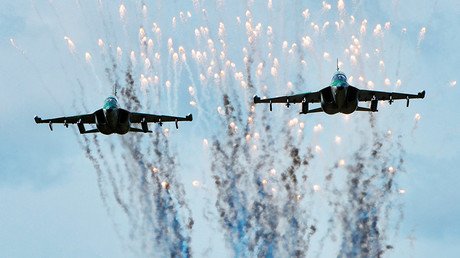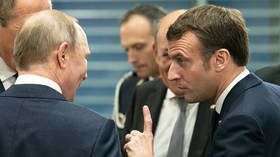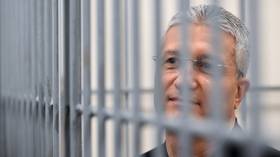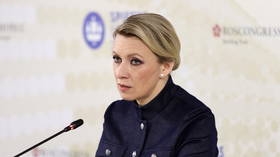Iskander-M missile system test-launched advanced rocket at maximum range – Russian MoD
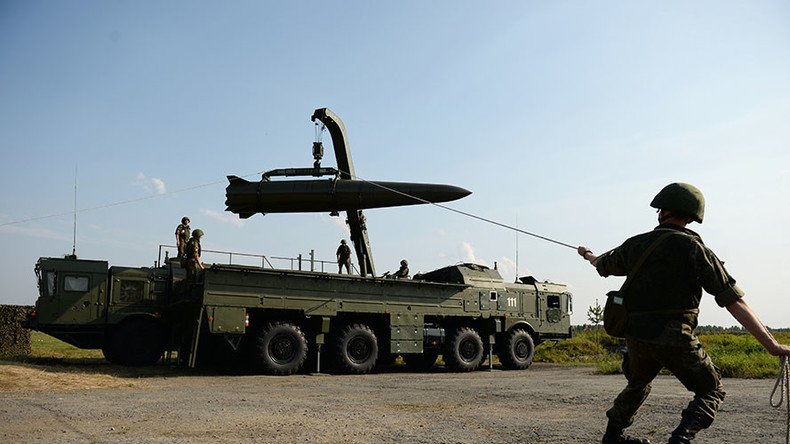
Russia’s Iskander-M system has carried out a successful test-launch of its advanced missile at maxim range as part of the Zapad 2017 military exercises, the defense ministry said.
The test-launch was performed at the Kapustin Yar range in Russia’s southern Astrakhan Region, the ministry said in statement.
“The increased capacity missile covered 480 kilometers and successfully hit its target at the Makat range [in Kazakhstan],” the statement read.
The test was carried out in compliance with the IMF treaty, which bans land-launched short and long range nuclear and conventional missiles.
According to the landmark 1987 deal between Moscow and Washington, all missiles and launchers with ranges of 500–1,000 kilometers and 1,000–5,500 kilometers are illegal.
The Iskander-M tactical missile system, first introduced to the Russian military in 2013, is aimed at targeting missile systems, rocket launchers, long-range artillery, command posts, as well as aircraft and helicopters at a distance of several hundred kilometers.
The system, designated SS-26 Stone by NATO, can fire two types of missiles – the quasi-ballistic 9M723 and the cruise 9M728.
Both types can maneuver quickly on their flight path, complicating interception by enemy anti-missile weaponry.
The Russia-Belarus drills are “nothing out of the ordinary,” Vladimir Dzhabarov, first deputy chief of the Russian Federal Council’s Foreign Affairs Committee, said last week.
"We are working out cooperation with our Belarusian allies in the regular mode as no army can exist without training, mobilization and battle readiness checks,” Dzhabarov said, as cited by Parlamentskaya Gazeta.
“Americans constantly conduct exercises in the Japanese and East China Seas, but they don’t attack North Korea or China,” he added.
He also pointed out that NATO states are increasingly building up military presence close to Russian borders which “raises awareness” in Russia.
Moscow maintains that the drills are “purely defensive,” saying that the scenarios focus on extremist groups penetrating Belarus and Russia’s Kaliningrad region.
In July, Belarusian Defense Minister Andrey Ravkov, pointed out that international organizations, such as the UN and NATO, along with dozens of foreign observers, were invited to the drills since there is “nothing to conceal.”
